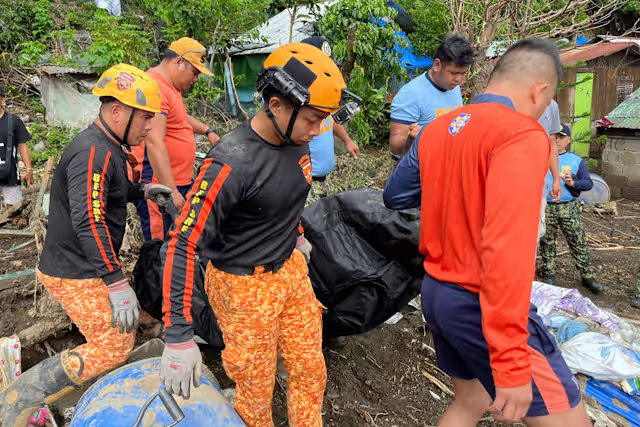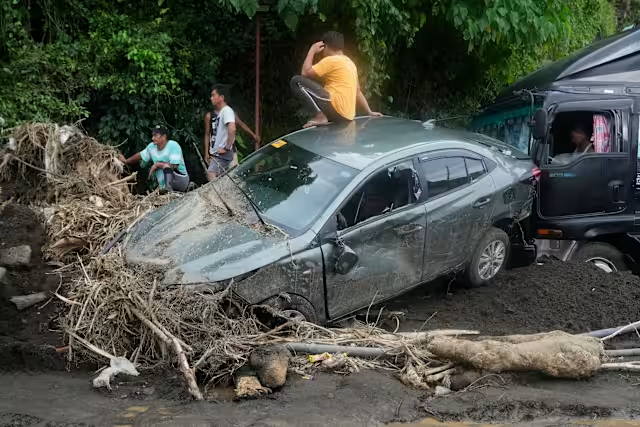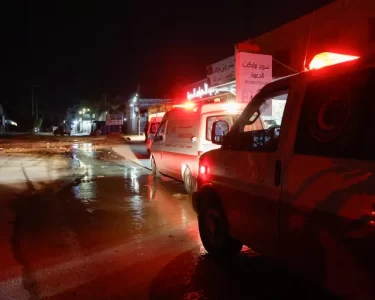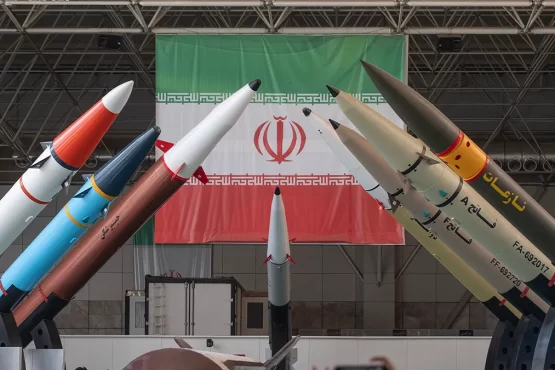The number of dead and missing in the aftermath of Tropical Storm Trami’s massive flooding and landslides in the Philippines has reached nearly 130, with President Ferdinand Marcos stating that many areas remain isolated and in need of rescue.

According to the government’s disaster-response agency, Trami left at least 85 people dead and 41 others missing as it blew away from the northwestern Philippines on Friday, making it one of the deadliest and most destructive storms to hit the Southeast Asian archipelago this year. The death toll is expected to rise as reports come in from previously isolated areas.
In the lakeside town of Talisay in Batangas province, dozens of emergency personnel, supported by backhoes and sniffer dogs, dug up one of the last two missing villagers on Saturday. A father, awaiting word on his missing 14-year-old daughter, wept as rescuers placed the remains in a black body bag.
President Marcos inspected another hard-hit region southeast of Manila on Saturday and noted that the unusually large volume of rainfall dumped by the storm overwhelmed flood controls in the affected provinces. Some areas received one to two months’ worth of rainfall in just 24 hours.
“The water was just too much,” Marcos told reporters. “We’re not done yet with our rescue work. Our problem here, there are still many areas that remained flooded and could not be accessed.”
Marcos emphasized the need for his administration to start work on a major flood control project that can meet the unprecedented threats posed by climate change.

More than 5 million people were in the path of the storm, with nearly half a million mostly seeking shelter in over 6,300 emergency shelters across several provinces.
During an emergency Cabinet meeting, Marcos raised concerns over reports by government forecasters that the storm could make a U-turn next week as it is pushed back by high-pressure winds in the South China Sea. The storm was forecast to batter Vietnam over the weekend if it does not veer off course.
Schools and government offices were shut down for the third day on Friday to keep millions of people safe on the main northern island of Luzon, and inter-island ferry services were suspended, stranding thousands.
Weather has cleared in many areas on Saturday, allowing cleanup work to begin in most regions.
The Philippines, a Southeast Asian archipelago situated between the Pacific Ocean and the South China Sea, is battered by about 20 storms and typhoons each year. In 2013, Typhoon Haiyan, one of the strongest recorded tropical cyclones, left more than 7,300 people dead or missing and flattened entire villages.










